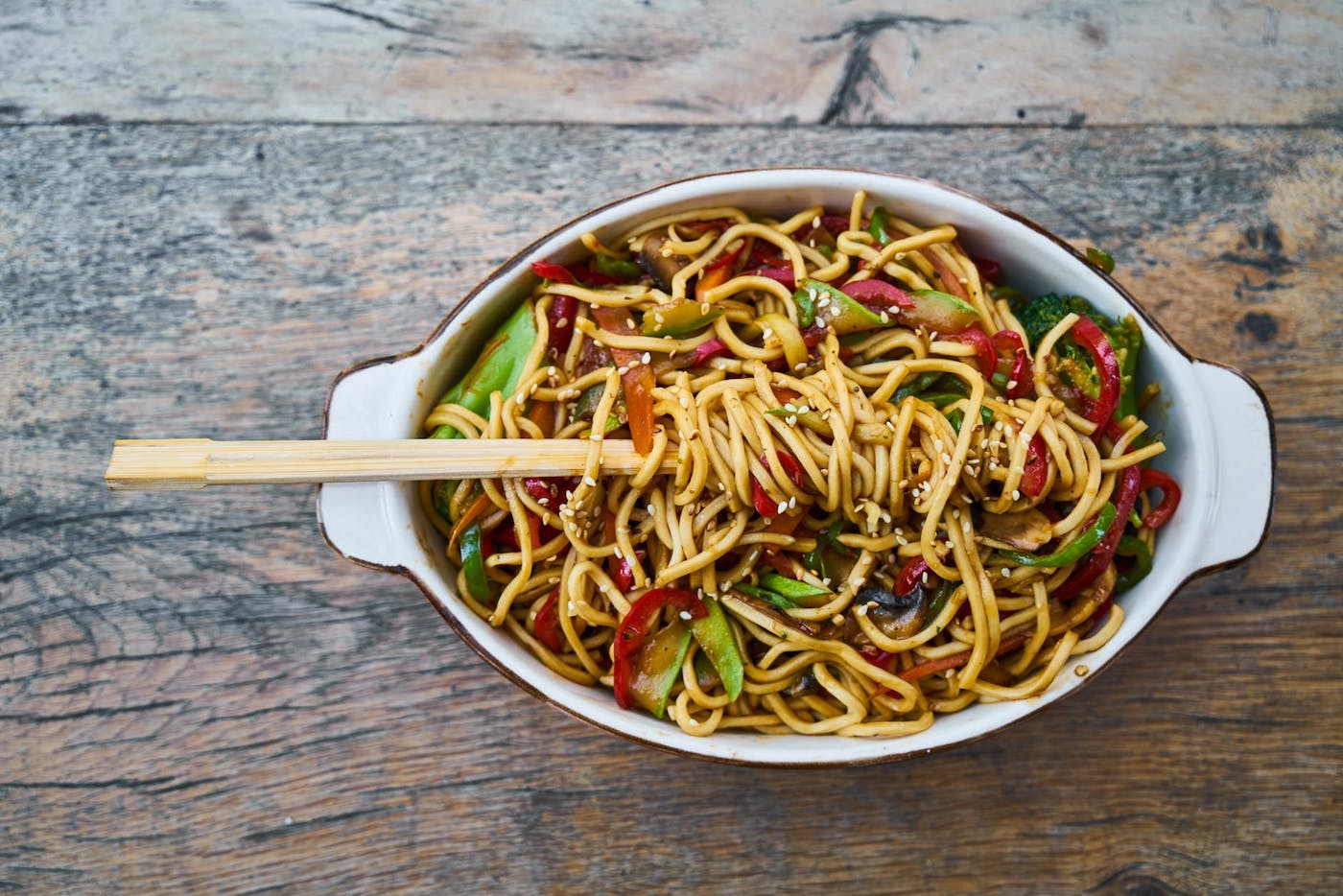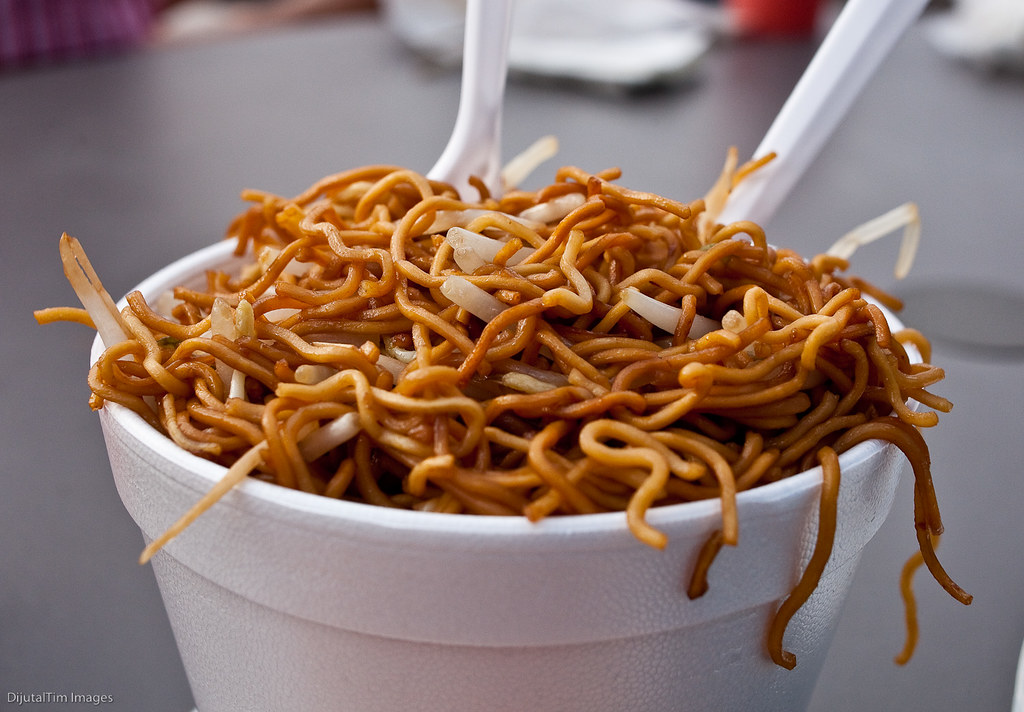What the heck is Chow Mein?
Well for starters, it literally means “Fried Noodles”. Chow Mein, like many other foods we find in Western culture, has been altered from it’s traditional recipe quite a bit over time to appeal to our North American tastebuds. It traditionally consists of stir fried vegetables in oil that have been mixed in a soy based sauce and are mixed in with pre boiled egg noodles towards the end of the cooking process. Often times in North America people will add animal based protein like pork or chicken, but this actually makes the dish unauthentic as traditional Chow Mein is either made with fish based sauce components or is completely vegetarian!
What goes into it?
- Super Duper thin Egg Noodles
- Bok Choy
- Scallions
- Garlic
- Oyster/Soy sauce
- Sesame oil
- Sesame Seeds to garnish (optional)
- Bean Sprouts

All About Sprouts
Sprouts (more specifically, mung bean sprouts) are a traditional component to many Asian dishes. They are packed with vitamin K, vitamin C, iron, folic acid (folate), protein, and fibre. The mung bean sprout is- as you may have guessed- a sprout that forms off of mung beans. Mung beans themselves are actually native to India and Eastern Asia (estimated domestication is around 1500 BC) but has since been widely welcomed in countries like Japan, China (home of Chow Mein), and the United States. It is thought to have been brought to these outside countries through either accidental animal planting (animal byproduct of animals who eat these beans then plant their byproduct on accident), or trade. The actual sprouting of these beans has been used for hundreds of years in Asia and this practice was most likely just carried on through generations or taught to others.

Although bean sprouts don’t hold a super significant spot in history, they’ve become a staple to many Asian diets and connect cultures to certain foods. Mung beans tht are unsprouted have been used a main source of protein to those in areas where meat based protein and supplementary protein is unreliable or unavailable. The mung bean plant can also be used as a cover crop to protect valuable soil from eroding and leaching it’s nutrients.
Fun Fact: Sprouted Beans, compared to their unsprouted counter parts, actually hold more antioxidants and more bioavailable amino acids!
https://www.thespruceeats.com/chop-suey-and-chow-mein-4077054 https://thewoksoflife.com/vegetable-chow-mein/ https://www.specialtyproduce.com/produce/Bean_Sprouts_Mung_269.php https://pixabay.com/photos/mung-beans-moong-beans-green-gram-390017/ https://www.feedipedia.org/node/235 https://www.needpix.com/photo/620293/mung-beans-soybean-seedlings https://www.flickr.com/photos/dijutaltim/3692677717



Great info on the nutritional value of sprouted beans!